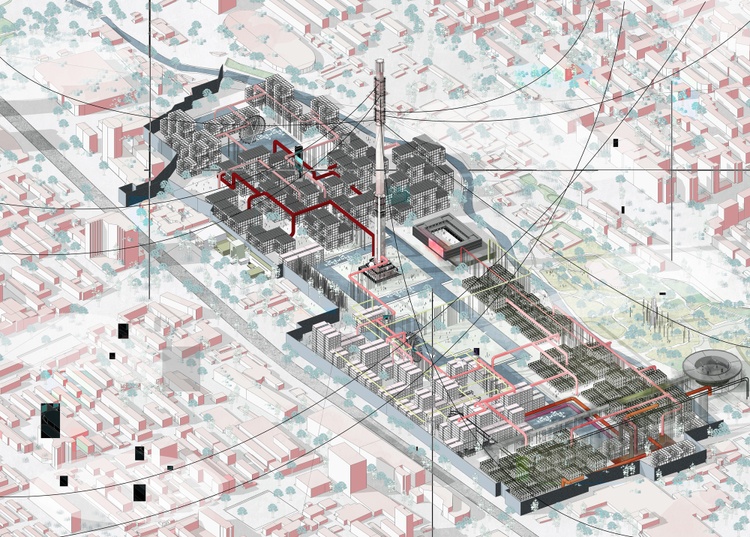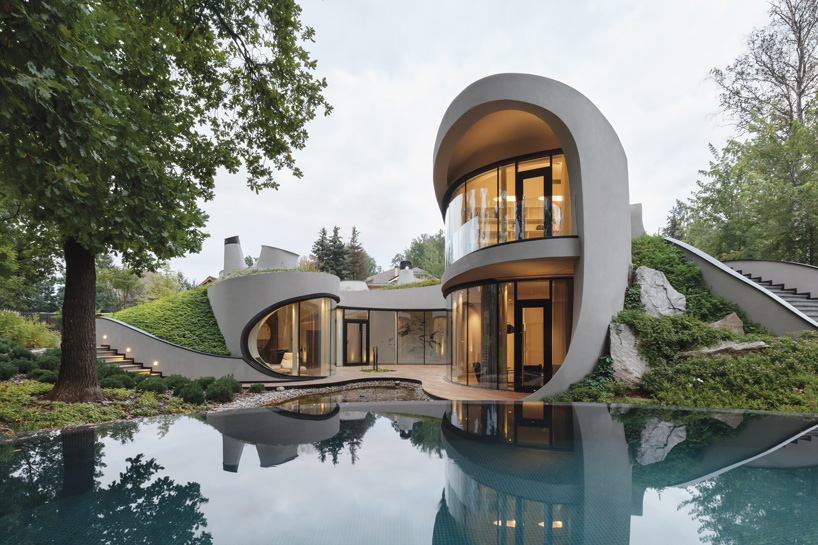Boost Your Building Style with the Proficiency of CDA Architects
Wiki Article
The Effect of Technological Developments on the Layout Practices of Contemporary Architects
The quick evolution of technological tools has significantly reshaped the style landscape for modern architects, fostering unmatched degrees of advancement and sustainability. The assimilation of Building Information Modeling (BIM), parametric style, and expert system has not just structured collaboration among diverse groups yet likewise redefined project implementation. Nonetheless, as architects accept these innovations, they are challenged with complex challenges that might affect their innovative procedures. Discovering these dynamics exposes a nuanced interaction between technology and typical layout methodologies, prompting a closer evaluation of what the future holds for building techniques.Development of Architectural Equipment
How have building devices transformed the style and building procedures over the centuries? The advancement of architectural devices has actually substantially affected the efficiency, accuracy, and imagination of design and building and construction.With the introduction of the Renaissance, the introduction of the compass and the protractor noted a crucial change. These tools allowed designers to accomplish better precision in their layouts, facilitating the appearance of even more intricate and in proportion buildings. The Industrial Change further changed architectural technique with the introduction of mechanical devices and products, allowing for larger and more enthusiastic tasks.
In the 20th century, the advancement of computer-aided design (CAD) software changed the landscape when again, giving engineers with extraordinary capabilities in modeling and visualization. Today, progressed devices such as Building Details Modeling (BIM) and parametric layout software program continue to press the boundaries of building technology, enabling a more integrated approach to style and building procedures.
Enhanced Partnership in Design
As technology remains to develop, boosted collaboration in style has become a foundation of modern-day building method. The combination of electronic devices such as Building Info Modeling (BIM), cloud-based platforms, and progressed visualization software application has changed the way engineers, designers, and stakeholders interact throughout the layout process. These tools promote real-time communication, allowing teams to share ideas, modifications, and comments quickly, regardless of geographical location.
Additionally, interdisciplinary partnership has actually been structured through these technical developments, making it possible for designers to work more closely with other experts, such as metropolitan organizers and ecological experts. The outcome is a much more cohesive strategy to create that considers various point of views and proficiency. Ultimately, improved cooperation in design is not just a fad; it is important for developing cutting-edge, functional, and cosmetically pleasing design in a significantly intricate world.
Sustainability Via Modern Technology
Sustainability in architecture has actually significantly become linked with technological development, driving the industry towards eco responsible practices - cda architects. Contemporary engineers are leveraging advanced modern technologies to lessen environmental impact while boosting the performance of buildings. One popular instance is the use of Building Information Modeling (BIM), which enables exact planning and resource allocation, decreasing waste during building and construction and advertising power effectiveness throughout a building's lifecycleAdditionally, wise materials and energy-efficient systems are being incorporated into styles to enhance resource use. Technologies such as photovoltaic or pv cells and green roof over here systems harness renewable resource sources, adding to reduced carbon footprints. In addition, the application of expert system in style processes allows engineers to simulate and examine power intake, assisting decisions toward even more lasting outcomes.
The integration of lasting modern technologies not just aligns with worldwide ecological goals yet additionally satisfies an increasing demand from customers for green remedies. As designers accept these technologies, the emphasis moves in the direction of producing spaces that are not just visually pleasing yet likewise functionally lasting, consequently redefining the requirements of modern style. This way, innovation acts as a catalyst for sustainability, enabling engineers to develop buildings that regard and boost the native environment.
Difficulties in Application
While technical innovations in design hold excellent guarantee for boosting sustainability, their implementation typically encounters considerable challenges - cda architects. One key obstacle is the high learning curve connected with brand-new innovations. Architects and construction professionals may call for extensive training to effectively use innovative software program and tools, which can delay job timelines and raise costsAdditionally, the assimilation of arising innovations, such as Building Info Modeling (BIM) and sustainable materials, often demands collaboration throughout multidisciplinary teams. This collaboration can be hindered by distinctions in know-how, process, and communication styles, leading to possible disputes and inadequacies.
Financial restraints further make complex the adoption of ingenious modern technologies. Several building companies, particularly smaller ones, may lack the sources to buy advanced tools, limiting their ability to take on larger companies that can afford such investments.
Additionally, governing structures and building ordinance might not keep speed with technological advancements, creating obscurity and potential compliance issues. This difficulty can dissuade designers from fully welcoming brand-new modern technologies, as the danger of non-compliance might outweigh the advantages. Dealing with these application obstacles is essential for the effective combination of technological advancements in contemporary building techniques.
Future Patterns in Style
The obstacles connected with the application of new technologies in design have actually prompted a reevaluation of future patterns within the market. As architects browse concerns such as sustainability, urbanization, and social equity, they are increasingly taking on innovative innovations to improve style effectiveness and ecological efficiency.One prominent pattern is the assimilation of man-made intelligence (AI) in the layout procedure. AI tools can evaluate large datasets to notify layout choices, boosting both creative thinking and functionality. Likewise, Building Information Modeling (BIM) remains to advance, enabling real-time collaboration amongst stakeholders additional reading and helping with streamlined task management.
Lasting layout practices are additionally getting energy, with architects concentrating on flexible reuse and regenerative layout principles that lessen source consumption and waste. The consolidation of smart products and sustainable energy sources will further improve the resilience of buildings despite climate change.

Conclusion
Technical advancements have dramatically improved architectural layout practices, promoting improved precision, collaboration, and sustainability. The combination of tools such as Building Information Modeling click here now and parametric design software application, alongside expert system and wise products, encourages architects to attend to intricate challenges better. While execution may present certain obstacles, the continued development of these modern technologies guarantees to drive advancement in design. Future fads will likely additionally highlight sustainability and performance, ultimately redefining the constructed atmosphere.Report this wiki page